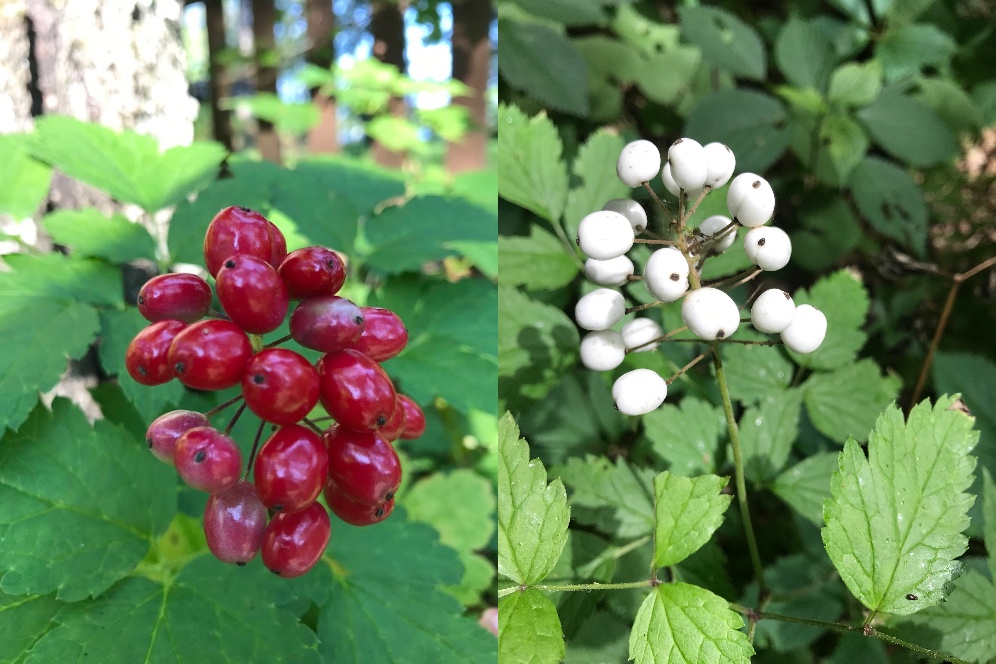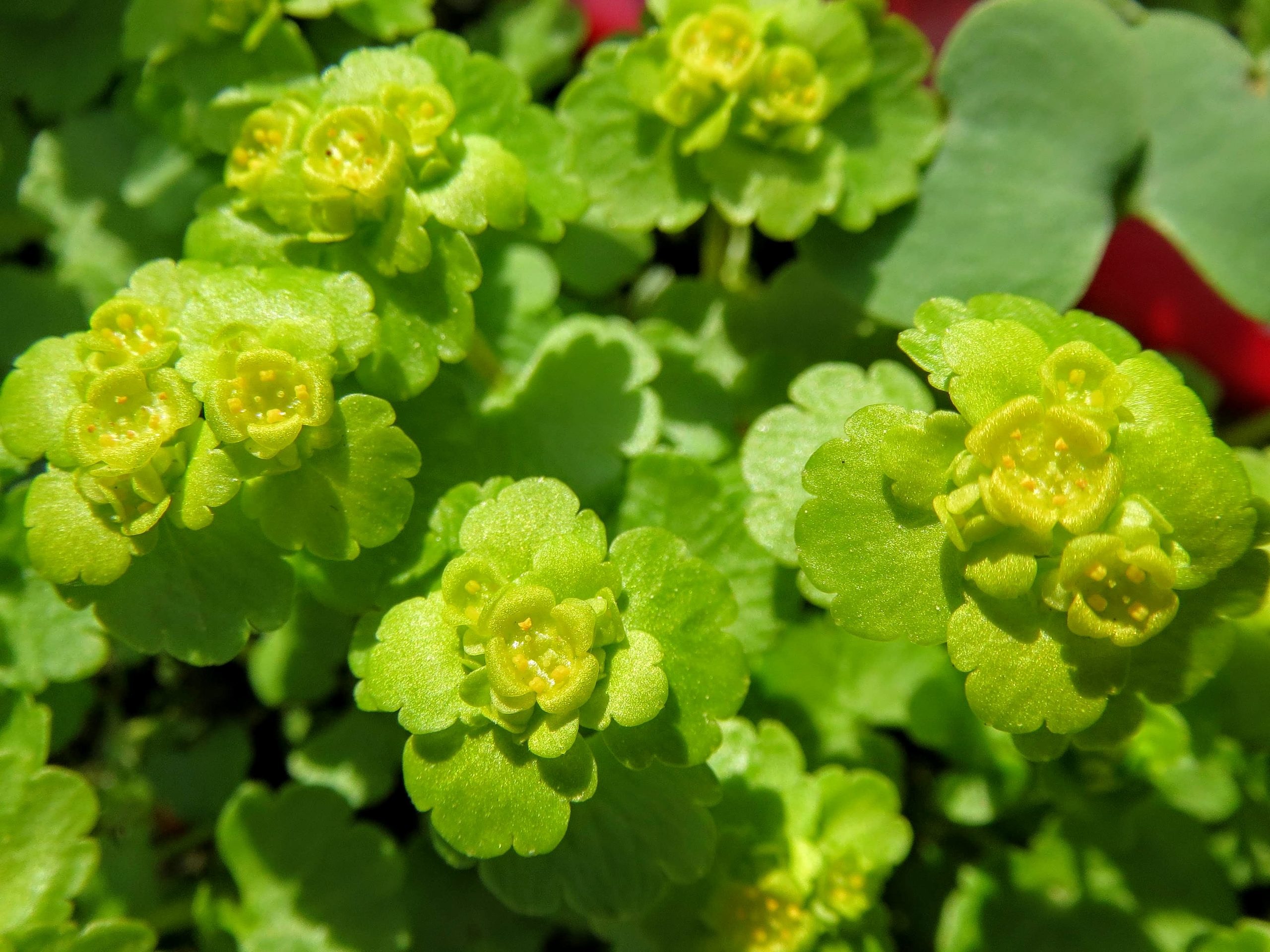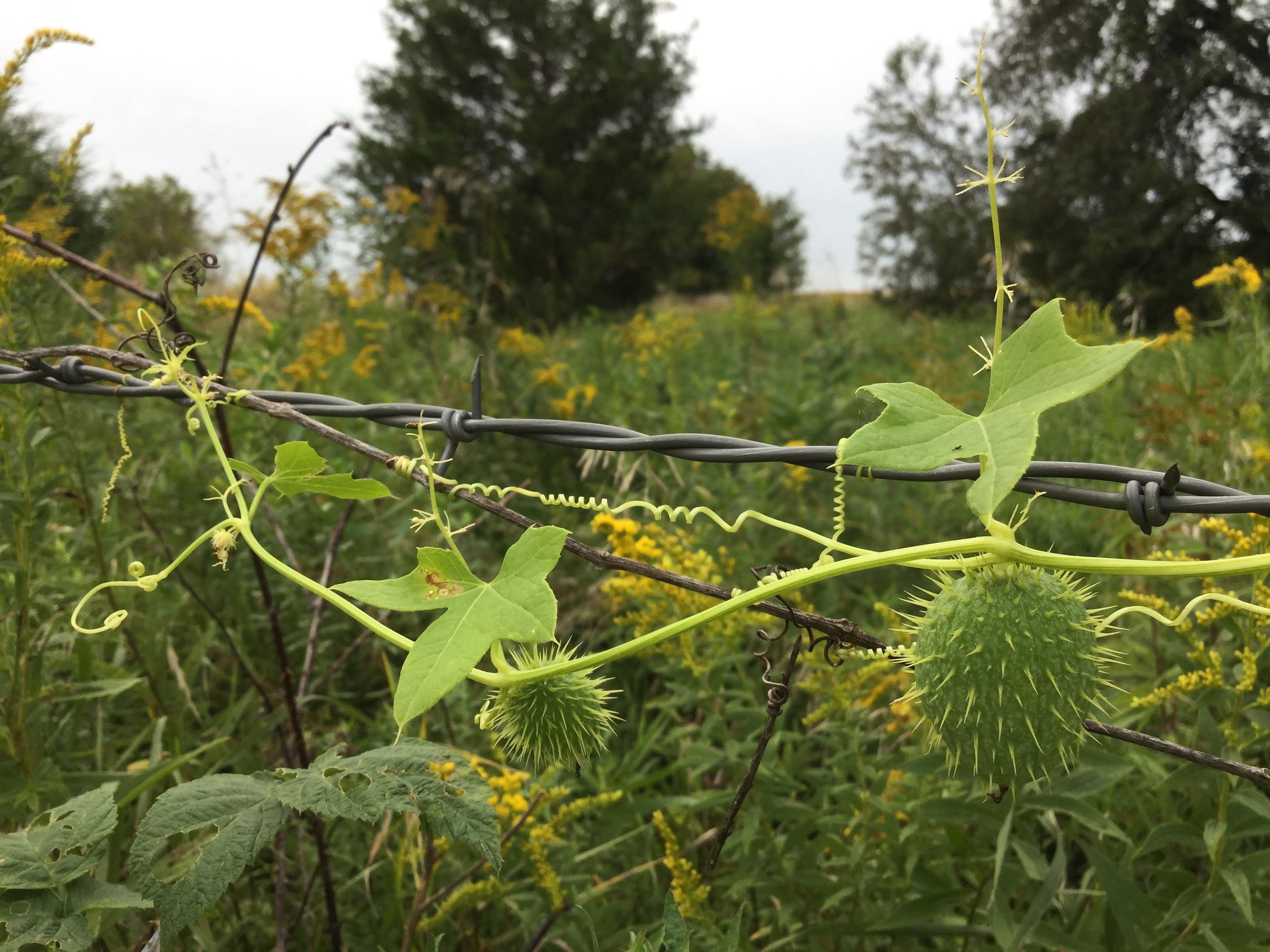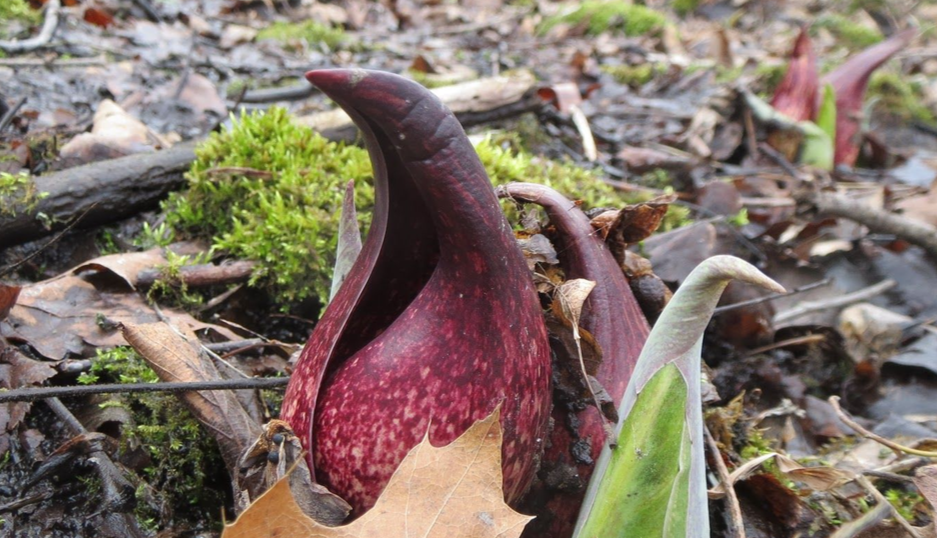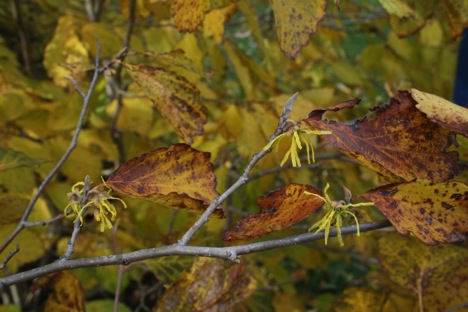Editor’s note from Laura Belin: As Halloween approaches, I am republishing an article by Beth Lynch, professor emerita of biology at Luther College. She wrote this piece for Bleeding Heartland in 2017, adapting an article called “Tiny joys of a botanist,” first published in November 2013. Beth takes great delight in finding rare plants tucked away in the hills and valleys around her and is dedicated to protecting and restoring habitats for native species.
I write to share with you one of my tiny joys of late fall. I took this photograph during the first week of November. What is it? A twig with some leaves, right? Look again. What are those yellow stringy things hanging from the twig? Spiders? Whiskers? Look closely.

These are the bright yellow petals of the witch hazel flowers. Think about it: flowers blooming in November! Every fall when most of the leaves have dropped from the trees and the sun is weak, I look for these cheery little flowers on the witch hazels. They bring a bit of warmth to the cold dark days when I seem to need it most. Tiny joy, indeed.
Continue Reading...

